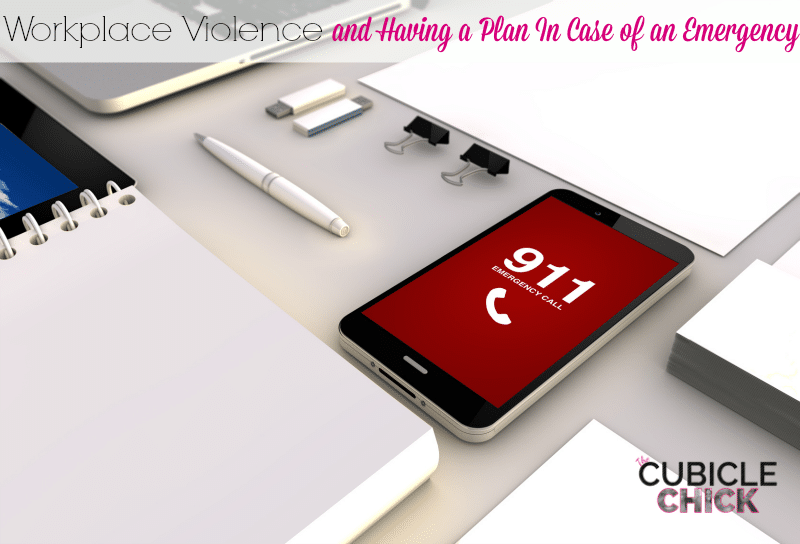Due to the recent event of a workplace induced killing in which a former employee shot and killed two of his previous coworkers, I thought this would be a good time to bring up the issue of workplace violence and why it’s super important to have a plan in case of an emergency. We have these types of emergency plans in our homes and schools, but the workplace is also a place where we should be prepared. In recent years, according to the U.S. Department of Labor, two million employees have reported being a victim of some sort of workplace violence act—and of those 2 million, less than half goes reported.
This latest act of workplace violence showcases that a person’s disturbed mental state can lay dormant, even years after they’ve left their place of employment. Vester Lee Flannagan was terminated from this place of employment, WDBJ in Virginia, two years ago and was escorted out of the studio by security. This did not stop him from coming back after many months had passed and committing the ultimate act of violence. WDBJ did everything right, and yet, Alison Parker and Adam Ward, two of their employees were murdered in cold blood. When working with others, you can never fully get rid of workplace violence, but you can have systems in place just in case it occurs. The warning signs of a disturbed individual with a propensity of violence are almost always there.
Know the Signs and Report Immediately
If you are a witness to disturbing behavior by a coworker, report it immediately to your manager and/or HR department. I would rather have you overreact than to not be proactive when gauging issues with a potentially violent employee. If you are aware of behavior such as vicious mood swings, lashing out at others, joking about committing violent acts, being cruel and disrespectful to others, report it and request a intermediary. Also, make sure to file a report in written form as well.
Do Not Escalate
When dealing with someone who is potentially violent, cut off the communication and do the above. Don’t go back and forth with this person, or let the issue escalate. Take it to a third party who is up the chain of command and handle it that way. Do not entertain people who are dangerous.
Get the Authorities Involved
To take it a step further, if you feel that a present or past coworker may have the propensity to harm you in any way, verbally or physically, seek out law enforcement guidance who may be able to help you secure a restraining order, or other safeguards.

When at work, it’s important to have a Workplace Emergency Plan should you need to try to flee the area because of a violence act or state of emergency. Many workplaces have a set plan in place, which is usually given to you upon orientation. If you don’t have this plan, see your HR administrator right away. And if there isn’t a plan in place, create you own which should include the following:
Sample Emergency Plan
Create an emergency plan and memorize it. Know where you will go should an emergency occur and how you will contact people (or how people will contact you). Have a meeting place for you and other coworkers that is outside of the actual office space.
Procede in lockdown mode
If you are in an office with a door, go in lockdown mode and secure yourself in the office until help arrives.
Call police/911
Make sure you have a way to contact 911 or the authorities should you be separated from your phone or the phone lines are down.
Be familiar with exits and stairways
Know the quickest way out of your office alongside the various exits and stairways. Being familiar with your office layout and floor plan will help you be able to flee quicker should you have to.
No one wants to be involved with workplace violence and a possible emergency situation, but it is better to be safe and sorry. And while having an emergency plan in place while reporting potentially violent individuals won’t alleviate all cases of horrific workplace emergencies, it can certainly help.
Do you need additional resources? Please read Does Your Job Have an Employee Assistance Program and Navigating the Workplace with Clinical Depression or Anxiety.








Leave a Reply